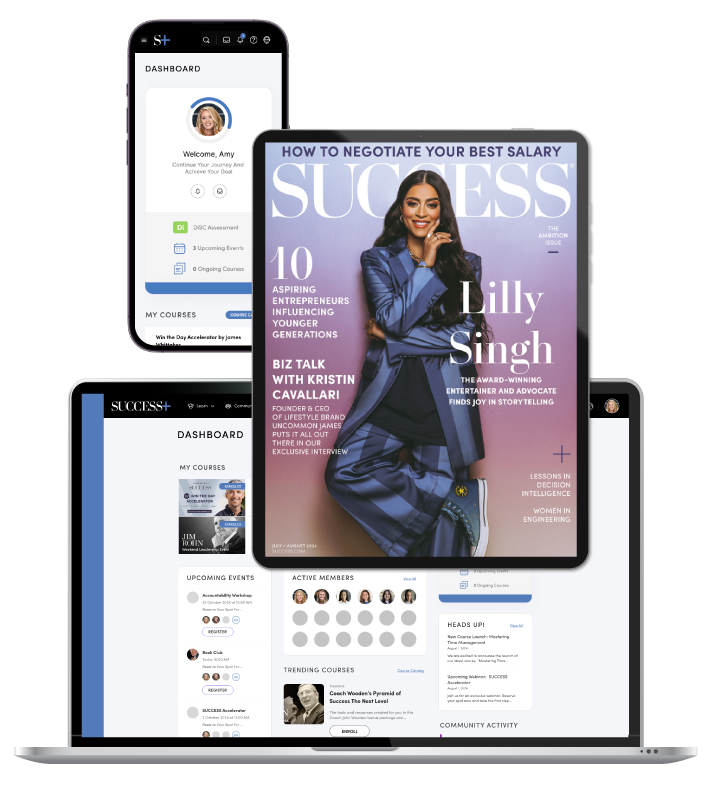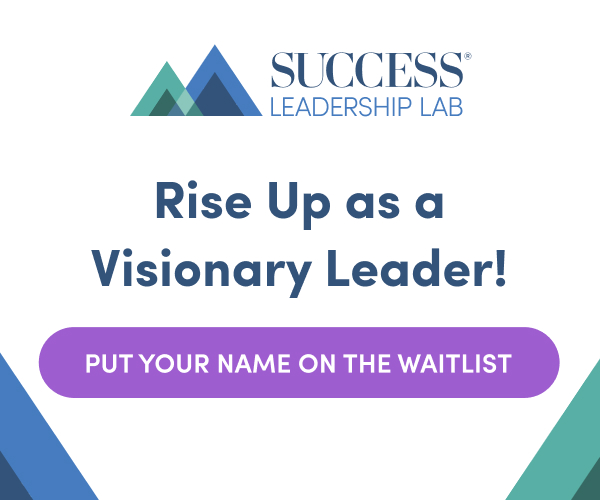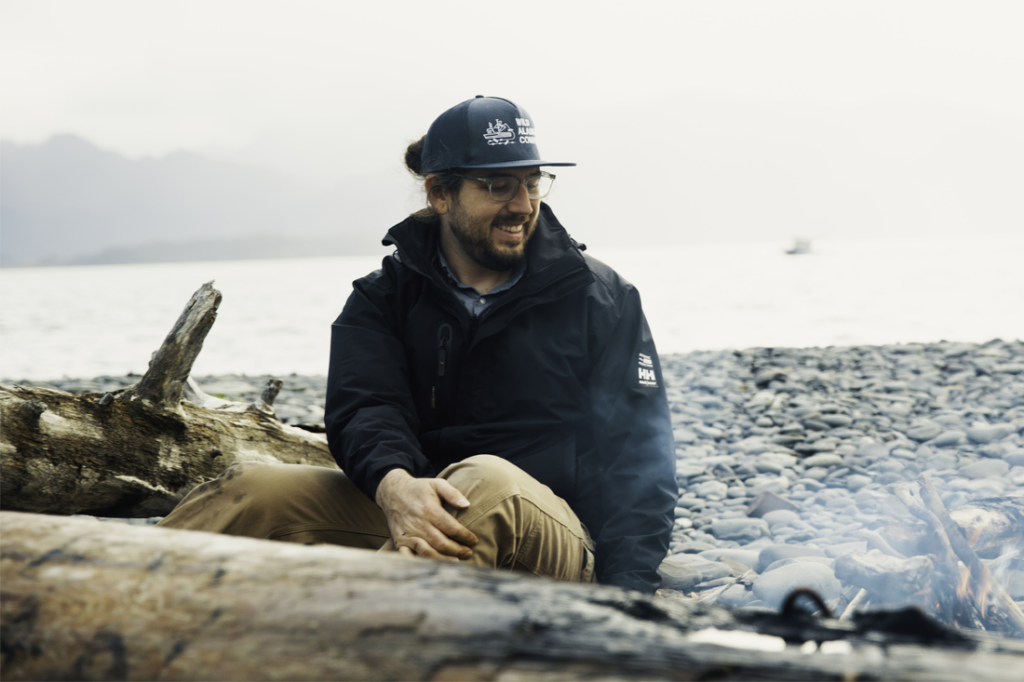If you’re like many of us, you don’t think much about where your seafood comes from or why it matters—but Arron Kallenberg is working to change that. The Alaska native left a successful career in tech to start Wild Alaskan Company (WAC), a sustainable seafood subscription service, not because he was confident it would succeed, but because he believed deeply in its mission.

“I didn’t want to leave a safe, secure job, growth equity, venture capital—I was newly married—and go sell frozen fish on the internet. It felt like something I had to do because I saw the disconnection that humanity was experiencing between natural food systems and society at large,” Kallenberg says.
When the company launched in 2017, he and his wife, Monica Haim, were struggling with infertility, and he couldn’t help thinking that if children weren’t in the cards, he needed another way to extend his legacy. Though he had no idea whether the startup would take off, “it felt too important not to try,” he recalls.
As the son and grandson of commercial fishermen, Kallenberg was compelled to uphold his family’s deep-rooted values of connecting with their food source and with their community over shared meals. “My dad grew up fishing with my grandfather, and I grew up fishing with my dad,” says Kallenberg, who now has two children with his wife.
In a culture where large-scale, industrial food production has largely crowded out food systems that work in tandem with nature, “the conversations we’ve been having for four generations… have all been around how do we pay respect, express reverence for and participate in this natural food system?” For Kallenberg, WAC was the natural answer to all of those questions.
A Broken System
Over time, Kallenberg became increasingly disturbed by the state of the seafood industry. In the 1990s, he saw his family and community struggle due to a salmon price collapse, which he credits largely to the rise of industrial salmon feedlots. As fish flooded the market, prices plummeted.
Meanwhile, international mining corporations were applying for rights to mine the Bristol Bay watershed, posing a major threat to the world’s largest sockeye fishery. Early on, Kallenberg joined the movement to protect the fish and preserve the local economies and Native tribes who depend on them.
Kallenberg reached a breaking point when he realized how little the public knew about their fish. Most “wild-caught” salmon looked “nothing like” the salmon he grew up with, he says. “You could call that fish fraud or just plain ignorance,” he says.
Exponential Growth
Whatever you call it, Kallenberg knew he had to be part of the solution. Fueled by the desire to fix a broken system and to connect people with their food and to each other, WAC has grown exponentially since they sold their first box of fish in 2018. At the time, their team included just four people, including Kallenberg, Haim and two founding members.
In 2023, they acquired Home Port Seafoods processing, a multigenerational family business they’d developed a close relationship with from day one. “They processed our first batch of fish for us,” Kallenberg recalls. With Home Port operating as part of their team, WAC is now poised to better meet customer demand and expand offerings.
Today, WAC and Home Port Seafoods processing include 150 employees in 23 states across various departments, including member experience, finance, operations and marketing, to name a few. In under seven years, they’ve delivered sustainably sourced seafood to approximately 450,000 households across the United States.
Identifying your company’s values and mission is one thing, but putting them into action is another. Here are some ways WAC’s practices align with their core values and commitment to sustainability.
A Superior Supply Chain
“I like to say that Wild Alaskan is a tech-enabled, data-driven marketing and frozen logistics company that happens to sell fish,” Kallenberg says. As WAC has grown to include a digital product and engineering team, a data science team and many more “really, really smart people,” they’ve leveraged software solutions to optimize efficiency and minimize their carbon footprint to successfully deliver seafood boxes to doorsteps in all 50 states.
Green Packaging
Every WAC shipment is packed in Green Cell Foam, an eco-friendly alternative to traditional insulation. Made from non-GMO, U.S.-sourced cornstarch, it’s safe to burn in a fireplace, compost or dissolve and pour down the drain. “It would be honestly cheaper to use a less environmentally friendly insulation,” but WAC won’t skimp on putting their values into action, Kallenberg says.
Shared Experiences
The company aims to help people reconnect with their food and their communities—and Kallenberg’s leading by example. For their team meeting, every team member was invited to a weeklong retreat in rural Alaska, where they had the chance to participate in a bonfire, a salmon bake on the beach, a fishing excursion and more. “I really do define success as a happy heartbeat with whatever time we have on this planet, and for me, that’s creating shared experiences,” he says.
Commitment to the Greater Good
As a public benefit corporation, rather than simply aiming to maximize shareholder value, WAC is committed to benefitting the public and operating responsibly and sustainably. In so doing, Kallenberg hopes to “inspire other food systems, outside of wild fisheries, to adopt similar standards.”
Embracing Tradition and Innovation
“The tech industry has this hustle culture of ‘move fast and break things,’” Kallenberg says. In other words, experiment, take risks and switch gears if you fail. However, in commercial fishing, an inherently risky industry, that approach can cost lives.
WAC aims to fuse the best of both worlds, Kallenberg says. “Ultimately, I attribute our growth to staying true to the mission, remembering the legacy and trying to honor it, and taking a lot of the good that technology can bring, from the supply chain and communication standpoint, and meshing them together to [build a company] that is putting this wonderful seafood from America’s backyard on plates across the country.”
This article originally appeared in the March/April 2025 issue of SUCCESS magazine. Photo from Wild Alaskan Company.






